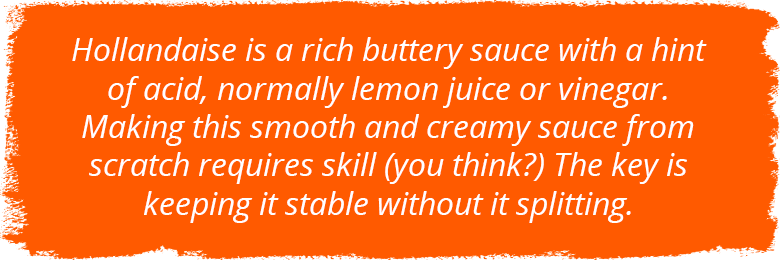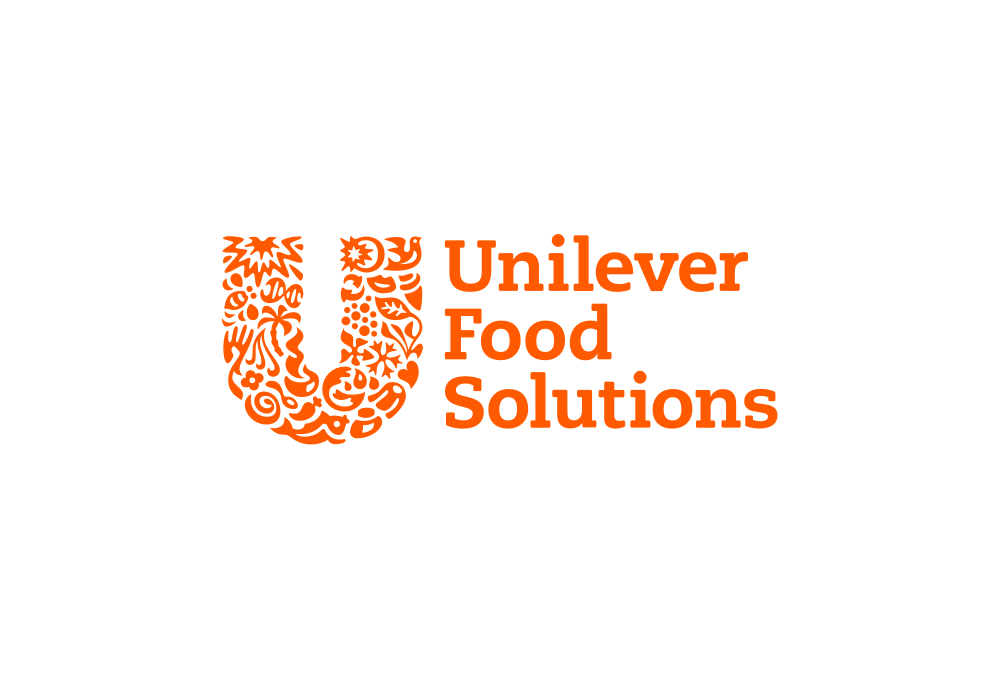Posted on Friday, 25ᵗʰ June, 2021
It’s popularly known as one of the mother sauces. A mother sauce? Anything that starts with mother has got to be something amazing.
For one, we’d have no Eggs Benedict without it. Imagine that. Probably one of the top 10 breakfast choices, missing from your menu.
So, what makes hollandaise so special?
Let’s rewind.
The history of Hollandaise sauce is riddled with debate as to who originally developed the sauce.
Popular theory places its origin to a town in Normandy, France called "Isigny-Sur-Mer", known for its high-quality butter. According to history, France couldn't produce its own butter during the First World War and imported it from Holland – which led to it being known as Hollandaise.


You start by whisking egg yolks and acid together in a bowl, over simmering water until it thickens lightens in colour, adding clarified butter to blend the sauce.
Note: Maintaining the right temperate is super important. Overheating can cause curdling and mess with consistency. It's not something that sits too long and doesn't refrigerate well.

Eggs Benedict. Think hollandaise and that’s probably what you think of next – an English muffin, topped with bacon, poached eggs and Hollandaise sauce. Variations include ham and smoked salmon. While Eggs Florentine swaps ham or bacon for spinach. Then there’s those that add croissants, waffles and brioche. Tex-Mex Eggs Benedict is a popular Mexican style use of Hollandaise.

Such a versatile sauce can’t be confined to just brekkies though. You can toss it in with most seafood, especially salmon as well as chicken, steak, turkey and asparagus. Adding in mustard, herbs and other flavours can transform a hollandaise to suit any dish.
Local fact: Asparagus season in Australia runs from September to March, with both locally grown white and green asparagus as its peak during this time - making it popular in cafes, restaurants, pubs and clubs.

Related Articles
Top recipes
-
Besties Bacon Egg Roll on Brioche -
Rustic Hash Brown, Scrambled Eggs and Tomato Chilli Relish -
Green Curry King Fish Yakitori -
Roma Eggs Benedict -
Eggs Benedict with Avocado Hollandaise -
Smoked Salmon and Cream Cheese Spring Rolls -
Double Cheese BBQ Beef Burger with French Fries -
Roasted Salmon with Yuzu Sauce, Fennel and Radish Salad -
Chilli Fish, Wakame, Yuzu Burger -
Roast Veg Frittata Sandwich -
Wild Shrooms Ragu with Polenta -
Chicken Kiev and Honey Mustard Sauce -
Salmon Cake and Slaw Sandwich -
Dijon Lamb Meatballs and Minted Hollandaise Sauce
Related Products
Log in or Create an account to access:
- Get access to this content
- Discover the latest culinary trends
- Explore and save your favourite recipes
- Watch free video training courses for chefs
























